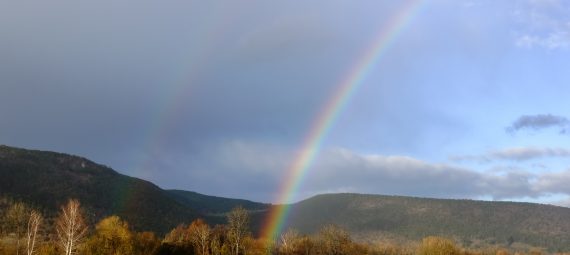Most people don’t know what happiness is.
Not for lack of trying. They chase it, quote it, manifest it, buy books about it. But you cannot achieve what you refuse to define. You cannot measure progress toward a horizon you’ve never named.
Happiness, for many, is a mood. A moment. A sudden exhale. But a mood cannot be a destination. And a moment cannot carry the weight of an entire life.
So they wait. For the next promotion. The next person. The next trip. They keep the fantasy intact by keeping it vague. Happiness stays just out of reach—glossy, shimmering, a few life upgrades away. It always lives somewhere else. Over the rainbow.
But what if you had to define it? Not describe a good day, but pin down what a good life feels like. Not list your pleasures, but draw the contours of contentment. Not borrow the words of others, but claim your own.
Happiness may not be a constant state, but it should be traceable. You should know where it lives in your life. What moments carry it. What rituals make it more likely. You should know which version of you feels it most often—and whether that version is allowed to exist.
Because if happiness has a shape, then so does self-betrayal. It’s the job you stay in too long. The relationship that only half-fits. The life that almost feels like yours. When you don’t define happiness, you become fluent in settling.
So define it. Not just in language, but in behavior. Not just in feeling, but in structure. Let it be something you can build toward, not just hope for.
You might find you’ve been chasing a version of happiness that isn’t yours.

